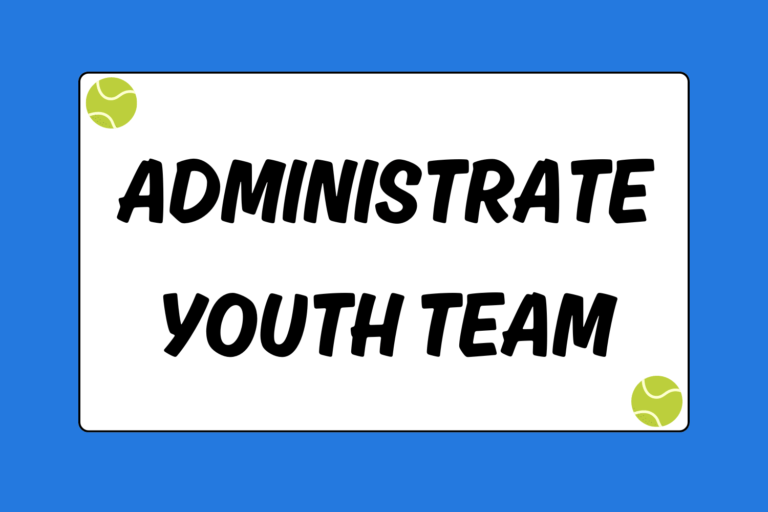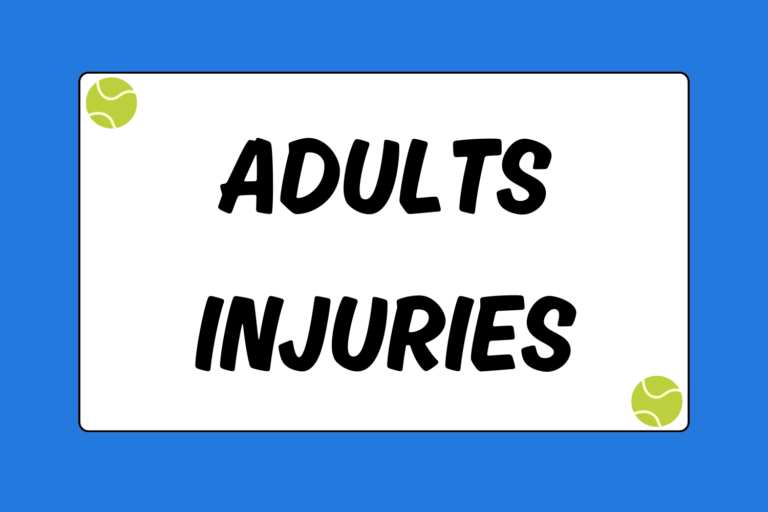The tennis swing involves many moving parts, making it impossible to concentrate on each technical element at once. One minor misstep, however, and the ball can seemingly have a mind of its own as it soars off your strings. Your swing mechanics, like shoulder rotation and wrist movement, can easily (and sometimes detrimentally) turn into habits over time. This guide identifies effective ways to simplify your game, and it breaks down straightforward techniques that will take your game to the next level.
Simple Swings Bring Wins
Incorporate the following pieces of advice into your game, and you’ll undoubtedly play more consistent, effective tennis:
Don’t Swing for the Fences
No matter the age or skill level, most tennis players commit a similar fatal mistake: Overhitting. It’s tempting to flex your muscles and overpower your opponent, but it’s simply unnecessary. Although hitting winners is a great way to boost your confidence and win quick points, tennis is a game of consistency. Pick and choose the best opportunities to hit a clean winner, rather than repeatedly trying to end the point with one swing. Keep the ball deep, hit with topspin, and exploit weaknesses in your opponent’s game.
Shorter Backswings
In an era of powerful baseliners, it only seems natural to hit with a big backswing. Most tennis players would agree that the farther back they take their racquet, the harder they can hit the ball — this is a major misconception. Shorter backswings do not sacrifice pace, and they are much more conducive for controlling the ball. Your timing drastically improves with a short backswing, which allows you to hit the ball on the rise and with ample pace.
Even with a short backswing, however, you still need to follow through completely on your groundstrokes. You’ll be able to direct the ball and hit with plenty of power so long as you take full strokes and follow through to the target.
You Got Served
Serving is arguably the most important facet of your game, so even small mistakes are magnified. But many players commit a common error: They go for too much on their first serves. Blasting your first serve rarely pays off; proper serving mechanics often break down as you try to juice up your serve and rack up the aces. Flat serves are also inconsistent, so don’t try to repeatedly graze the line with monster serves. Instead, simplify your serving motion and keep the ball in play as often as possible.
Whether you need to lower your toss or slow down your swing, focus on improving your consistency and making about 70 percent of your first serves. A fluid serving motion leads to power, and a compact swing can also improve your ability to place the ball. Opponents will struggle against a well-placed and relatively fast serve. To boot, you’ll notice drastic improvements in your game as you limit second serves and cut down on double faults.
Hot Tip: Lower Your Toss
While low tosses generally restrict power, decreasing the height of your toss can improve your overall serving motion. You’ll have a compact swing with a low toss, but you can hit with control and pace. In addition, low tosses are ideal for any weather condition. Even when the wind is howling, you should be able to keep your first serve in play consistently.
Simple but Effective
It’s easy to fall in love with winners and aces, but it’s impractical to mold your game around high-risk, high-reward shots. Instead, focus on playing high-percentage tennis, and try to wear down your opponent with consistent and well-placed shots. Force your opponents into difficult gets, and soon enough they’ll be relying on winners and stressing to win points.





